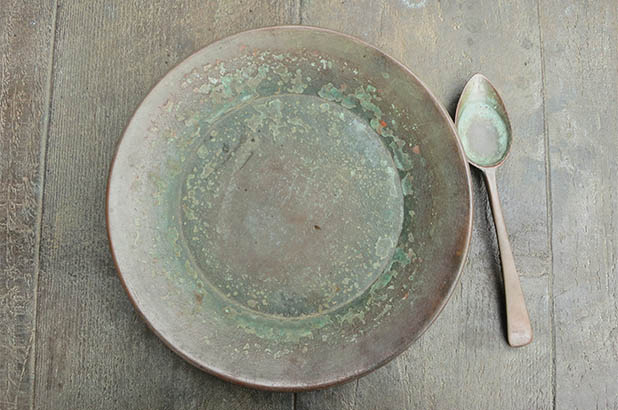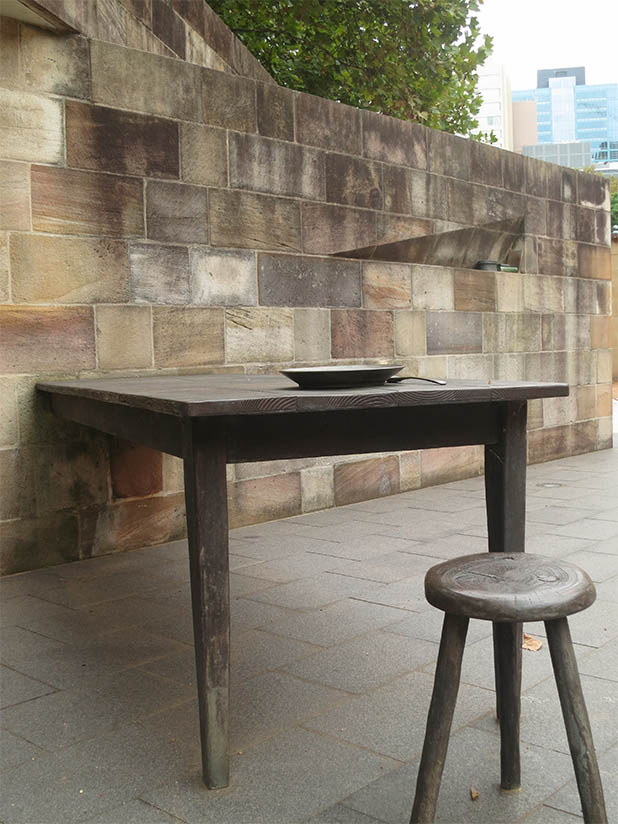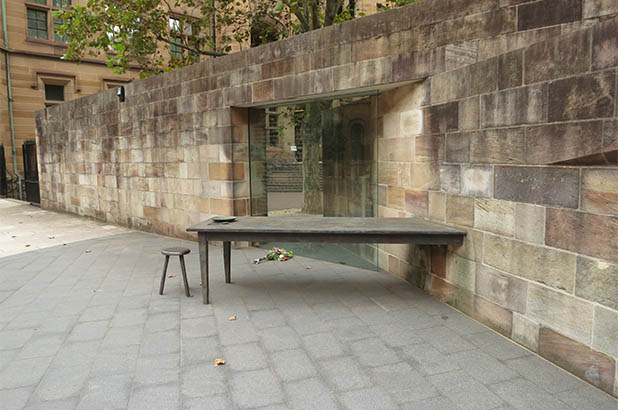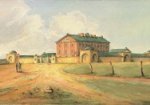Food is never more important as when there isn’t any. The earliest years of settlement in Sydney were dogged by the very real fear of running out of food supplies for the colony, but the most significant effect of famine on colonial Australia was as a result of the chronic ‘potato famine’ in Ireland, which occurred in the late 1840s. St Patrick’s Day seemed to be a good day to pay tribute to the many ‘Irish Marys’ who made their way though Hyde Park Barracks, where they maintain a strong presence in the museum’s stories.
For very complex political and economic reasons, which are well documented elsewhere, the Irish poor relied heavily on potatoes as their food staple. Periods of dearth and threats to crops happened from time to time, but none as horrific as the fungal disease, Phytophthora infestans, that first appeared in 1845. The disease swept across Ireland with dire consequences; the leaves turned black and the plants withered; the precious tubers were rotting away. Many thousands of Irish were forced to leave their homeland and migrated to America, Canada and Australia seeking respite from the terrible conditions at home.
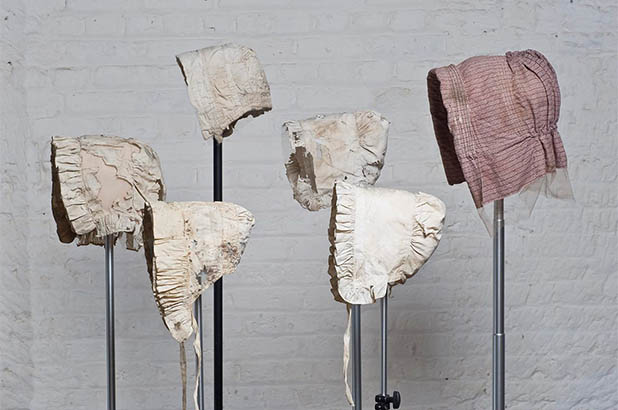
Cotton bonnets dating from the mid to late 19th century, worn by females housed in the Hyde Park Barracks, from Hyde Park Barracks Archaeology Collection. Photo © Christopher Shain
Irish ‘Marys’
Hyde Park Barracks was the first port of call for the ‘Irish orphan girls’ arriving in Sydney; in total 2253 were lodged there between 1848 and 1850. From the barracks they were directed into the workforce, either in organised workhouses or into private service. Most spoke English but many were illiterate, and few had domestic training. Some were as young as 14 years old and found themselves working in households and kitchens, working with food they’d never have dreamed of seeing, let alone know how to prepare for their mistresses and masters. It’s no wonder ‘Irish Marys’ had poor reputations as domestic help.
The Irish famine memorial at Hyde Park Barracks
A memorial to the Irish orphan girls was installed to commemorate the girls who stayed in Hyde Park Barracks and the many other Irish immigrants estranged from their homeland because of the famine. The installation, created by artists, Hossein and Angela Valamanesh is a sensitive and poignant reminder of this period in our history; occasionally I sit on the three-legged stool at the single place set at the table and reflect on the abundance we have and enjoyment we take from food, often with little thought to our good fortune. I get to meet lots of descendents of the Irish immigrants when they visit the barracks and recommend that they might like to do the same.
On the internal side of the wall, the long table represents the institutional side of things. There is a plate, a spoon and a place to sit on a three legged stool. There are also a couple of books including a bible, and a little sewing basket. In contrast, on the other side, is the continuation of the same table, but much smaller in scale. There sits the bowl which is hollow and actually cannot hold anything, representing lack of food and lack of possibilities. There is also the potato digging shovel, called a loy, leaning against the wall near a shelf containing some potatoes. The selection of 400 names, some of which fade, also indicates some of the girls who are lost to history and memory. (Source: Irish Famine Memorial)
The memorial is positioned along the southern boundary of the barracks; it is not without irony that this is where the convicts mess halls and kitchens were originally located. The food may not have been plentiful, or tasty, but it was food none-the-less, doled out every day. Cold comfort for the convicts perhaps, but they were better off than so many in Ireland who had committed no crime to earn the plight they suffered in the 1840s.
Commemorative services and other events are held at Hyde Park Barracks, see the Irish famine memorial for further information
Sources
http://www.hht.net.au/discover/highlights/articles/irish_orphan_girls
